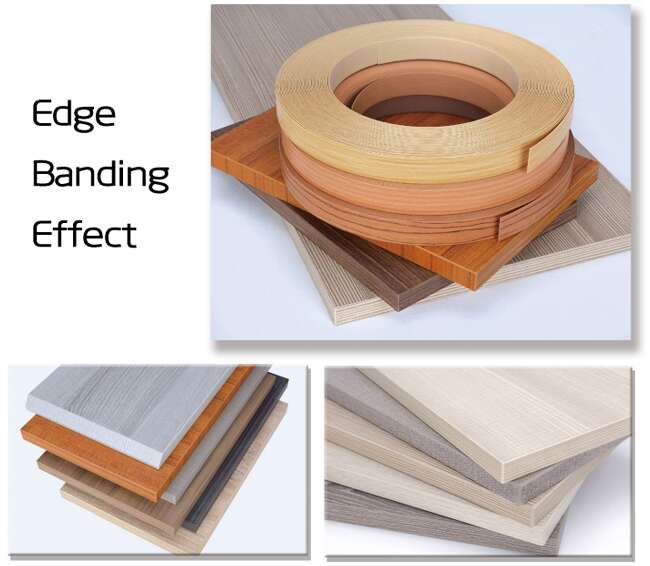ABS material has been used extensively as durable edge banding in furniture, cabinets, and tables. The thin strips of ABS are stiff but not brittle, and they can be bent under force without breaking. The fact that ABS is much less brittle than PLA also makes it a better choice than for prototypes, especially when there are thin walls in the design.
In 3d printing, ABS is a low-cost alternative to PLA for prototyping and comes with better properties, including rigidity, heat and impact resistance, and more chemical resistance than PLA.

Common Issues
It is common to encounter issues such as warping, shrinkage, and emission of toxic fumes during 3d printing.
Warping happens typically due to uneven cooling and shrinkage at different areas of the same component. This is also a common issue in welding or mold making.
How To Prevent ABS From Warping
There are three ways to prevent the ABS from warping during 3d printing.
Use a heated bed
As the printing builds up and moves further away from the bed, the bottom part will start to cool down, while the top part, newly formed by the molten ABS, will remain hot.
This steep temperature gradient can be avoided using a heated bed to keep the bottom part warm. However, this method may not work well with large prints.
Use an enclosure
For large prints, using an enclosure may help to maintain a more stable temperature profile in the work area. This will help to reduce the heat loss around the bed and achieve a more gradual temperature gradient between areas of the same 3d print.
Varying Extruder Temperature
Some 3d printers designed the extruder with a higher temperature for the first few layers and gradually lower temperature as it builds upwards.
Below is a comparison between generic PLA and ABS filament material for reference. However, they may not represent all available filaments in the market as each manufacturer’s design may differ. For example, some manufacturers may have special additives or treatments which cause the material to have different or better properties.
Comparison between PLA and ABS Material for 3D Printing
| Tech Specs | PLA | ABS |
| Chemical Name | Polylactic Acid | Acrylonitrile Butadiene Styrene |
| Advantages | Biodegradable Low cost Stiff No toxic fumes (Lactide) | Low cost. Heat and impact resistant. More chemical-resistant than PLA. |
| Disadvantages | Low heat resistance. Stringing and oozing. Brittle when harden. Poor chemical resistant. | Prone to warping. It may shrink when cool. Emit toxic fumes (Styrene). |
| Appearance | Translucent, matte. | Opaque, matte. |
| Chemical Resistance | Salt, oil, UV | Some acids and alcohols, UV, Salt |
| Fumes Emission | Non-toxic lactide | Toxic styrene |
| Food Safe | Yes, if certified. | No |
| Water Absorption | 0.7~1.0% | 0.20% |
| Uses | Non-functional prototype Indoor used products | Cheap, low strength functional parts. Prototyping. |
| Strength | Medium | Medium |
| Density kg/m3 | 1240 | 1010 |
| Melting Point | 150-160°C | 200°C |
| Glass Transition | 60°C | 105°C |
| Flexibility | Low | Medium |
| Durability | Medium | High |
| Ease of Printing | High | Medium |
| Typical Print Speed Range (machine dependent) | 30-90mm/s | 30-90mm/s |
| Heated Bed | No | 50-110 oC |
| Extruder Temperature | 180-230 oC | 210-250 oC |
| Cooling Method | Cooling fan | Not required |
| Enclosure Required | No | Recommended |
| Ventilation Required | No | Yes |
| Build Surface | PEI sheet. Glass plate. Glue Stick. Masking tape. | ABS Slurry. Kapton tape. |





